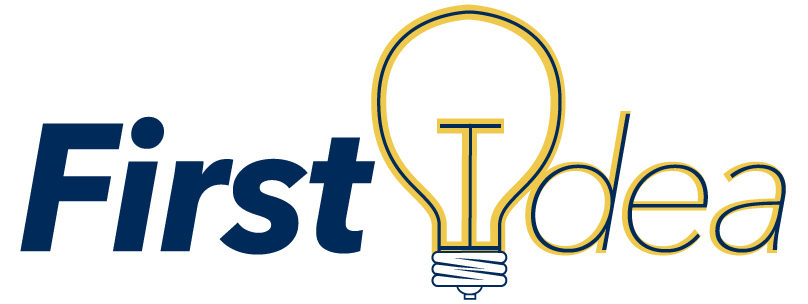There has been a considerable amount of discussion about employee satisfaction and employee engagement throughout the past few years. However, it seems as though the vast majority of people think of these two elements as interchangeable. Alternatively, at the very least, are content with knowing that their employees are “satisfied.” While there may be some overlap in the concepts, it’s essential for anyone in Human Resources or C-suite to understand how “engaged” employees truly impact the organization.
First off, you want your workforce to be satisfied. In doing so, you’ll find that employees are generally happy or content with their position and the organization. Although, this doesn’t always translate into better performance. For example, some people might be “satisfied” by just cashing a check at the bank every two weeks. While we should want our employees to feel financially satisfied, that does not mean that they will have any higher level of motivation, involvement, or emotional commitment to the organization. Therefore, organizational leaders must strive to do more than offer incentives, organize activities, and host events to enhance performance.
As is the case with many initiatives, there are a couple of factors to consider when trying to determine if your workforce is fully engaged. First, it’s essential to understand if employees are involved with the organization by evaluating how employees feel about senior leadership. In doing so, you’ll be able to determine how much confidence exists in decision making as well as the sense of trust, fairness, and organizational values. The overall feeling for the organization that an employee can translate into feeling safe and as though their goals are aligned with those of their leaders.
In addition to evaluating an employee’s engagement with the organization, it’s also essential that levels of engagement with direct supervisors and managers are evaluated. While many of the elements in considering organizational engagement still exist (i.e., values, respect, fairness, and trust), there is a more solidified working relationship between employees and supervisors. With the increased contact, there is much more opportunity to address issues such as feeling valued, fairness, perception of feedback, and supervisory direction to be impacted. All of which could more immediately affect how engaged an employee is.
With those two factors in mind, the route to sustaining a high-performing organization can be derived from the following four elements:
- Motivating and Relating – Supervisors are motivating their employees to do their best work.
- Engaging Culture – The organization embodies a culture of motivating, empowering, respecting, and challenging employees.
- Strategic Alignment – Employees generally understand the direction in which the organization is headed, and they can see how their efforts contribute to the goal.
- Management Execution – Clear and concise expectations are defined, and employees are held accountable to focus on results.
Many of these elements go beyond a baseline understanding of employee engagement through the use of a survey or other insight methods. While the insight is imperative and should regularly be occurring, actionable plans need to be created and followed so that high levels of engagement can be harnessed and directed towards the same goal. As such, this endeavor becomes a perpetual “two-way road.” A common belief in an organization’s purpose, direction, and values need to be observed, shared, and cultivated at all ranks of the organization.

